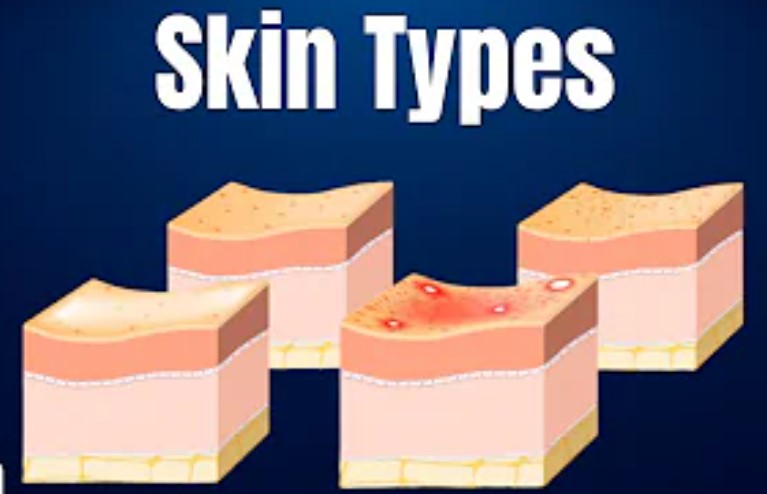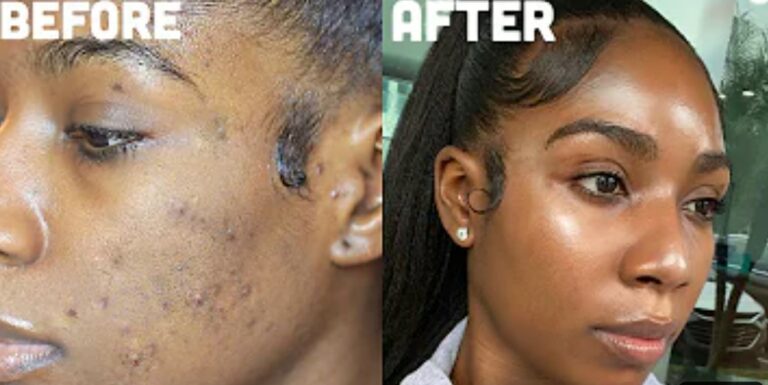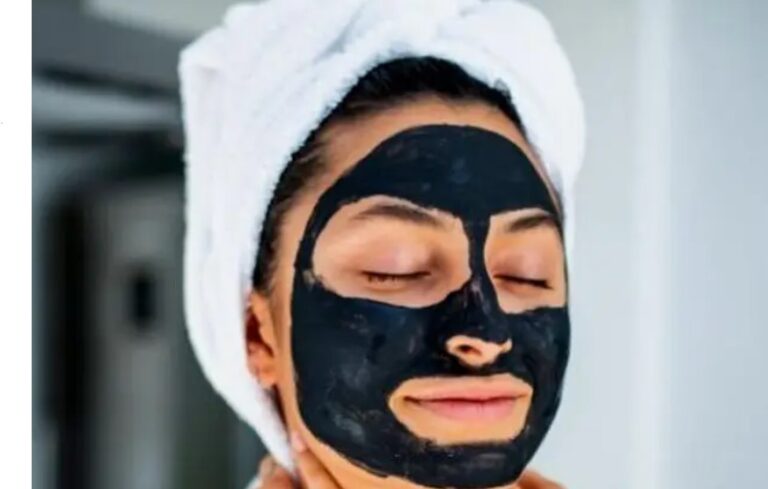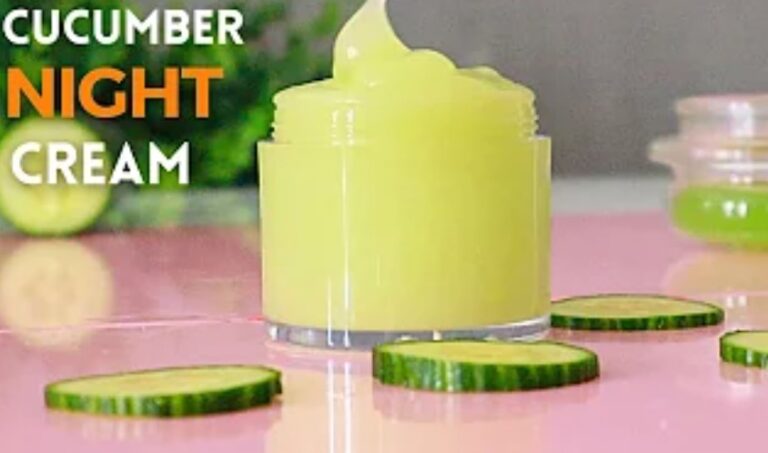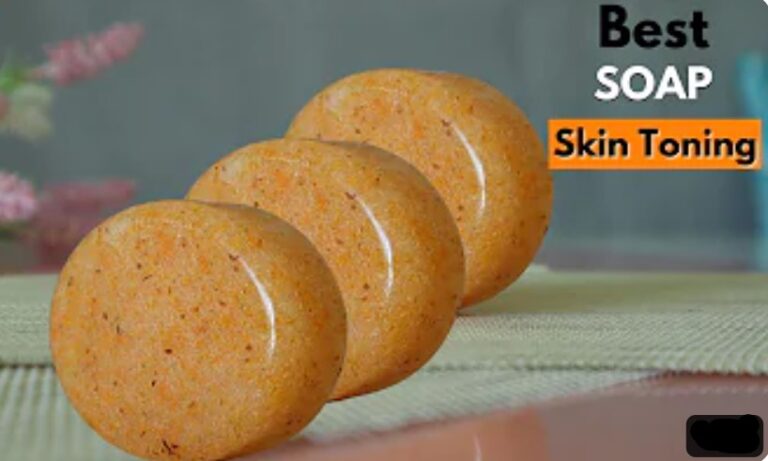Types Of Skin And How To Figure Your Skin Type
SKIN TYPES
In this post, I will show you various types of skin and how to figure out your skin type on your own. Good luck!
- NORMAL SKIN
- DRY SKIN
- OILY SKIN
- COMBINED I ALSO DISCOVERED THERE ARE SENSITIVE SKIN TYPES.
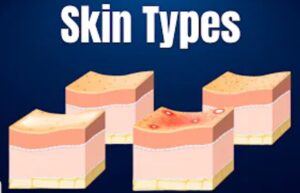
STEP BY STEP ON HOW TO KNOW YOUR SKIN TYPE MANUALLY
Oily, dry, normal, or combination – these are all skin types with different needs. Determining your skin type is an important first step in choosing the products and skincare regimen that will provide the best results.
Determine your skin type: step by step
The best way to get a precise determination of your skin type is to consult your dermatologist, who will not only help you find your skin type but I can also guide you to the proper regimen to address any skin concerns and keep your skin healthiest.
How to figure out your skin type on your own:
Step 1: Wash your face. Remove makeup and use a gentle cleanser. Make sure to remove all dirt and makeup, but avoid overwashing or scrubbing. Gently pat dry.
Step 2: Wait. Wait at least one hour (preferably two hours) – this will give your skin time to “normalize” or return to its natural state.
Step 3: Observe your skin closely. Determining your skin type can be done mostly by what you see and feel. However, using a tissue to dab at your T-zone (your forehead and nose) can indicate if there is excess oil in that area.
What do you see?
Normal Skin
If your skin feels smooth, with few to no imperfections, and no greasy or dry patches – congratulations, you have normal skin!
Some other indicators of normal skin:
small, barely visible pore breakouts are rare if ever little to no sensitivity
Dry Skin
If your skin feels rough, flaky, or tight, you have dry skin.
Some other indicators of dry skin:
pores are almost invisible dry or red patches with more visible fine lines
Oily Skin
If your skin looks and feels shiny, greasy, and/or slippery, you have oily skin.
Some other indicators of oily skin:
pores are large and noticeable and get clogged easily blemishes are common
Combination Skin
The best and worst of both worlds. Combination skin is typically characterized by an oily T-Zone (your forehead and nose), and either dry or normal skin on the rest of your face.
Some other indicators of Combination Skin:
pores are enlarged on your nose, and possibly your forehead, but are smaller on the rest of your facial skin can be shiny, especially around the T-zone combination skin seems to be more affected by climate/weather, becoming dry and flaky sometimes, but greasy and prone to breakouts at other times.
Now that you know your skin type, what can you do to make it look and feel its best?
It’s important to build a skincare regimen that will maintain the skin’s proper oil and moisture balance, while also addressing any specific skin concerns (sensitive skin, acne-prone skin.) Now that you know your skin type, you can use the products that will most benefit your skin.
Normal Skin
You’re lucky – as long as your skin is not sensitive, you can use almost anything.
It’s recommended that you stick with products that are gentle and not too heavy or oily. Since you can try almost anything, you can test our plenty of products until you find what you like and what makes your skin look and feel its best.
Dry Skin
While dry skin is not necessarily sensitive, it’s more prone to being irritated by harsh ingredients. You are to moisturize consistently with lotions and creams. A rich, nourishing moisturizer will do wonders, but give it a break if you notice your skin is getting too oily or becoming even drier. You may also want to try an oil cleanser, which will clean your skin without stripping away its natural oils.
Oily Skin
Contrary to popular belief, you don’t want to use “drying” ingredients and formulations on oily skin. Doing so can prompt the skin to produce MORE oil. Instead, you are advised to simply use lighter formulations, like gels and liquids that will keep your skin hydrated and moisturized without producing extra oils. Avoid heavily oil-rich creams.
A common habit of those with oily skin is to exfoliate or scrub the skin more often, or to use a harsher cleanser to get rid of the oil. Again, your skin is pretty adaptable, and overwashing, over-exfoliating, and other harsh treatments may cause the skin to produce more oil. Gentle is always the best way to go.
Combination Skin
Finding a regimen for your combination skin may be a bit more tricky, but not impossible. Here at Duchess Skincare, we formulate our products to be safe and effective for almost all skin types. If you fall in here, it is advisable to use lotions, serums, and creams on dry areas of your skin to provide extra moisture while sticking with light gels and gentle formulations on the oily T-Zone.
There also are some other things we all need to be carrying out, to keep our skin healthy and beautiful, regardless of our skin type: these beauty regimens will greatly enhance your skin
- Always, always, always use sunscreen.
- And avoid direct sun exposure when you can, esp. If you are using synthetic products.
- No smoking!!! Smoking isn’t good for your body, and it is particularly bad for your skin.
- Always remove makeup before bed.
- Stay hydrated. A good diet, fruit intake, and lots of water will help your body and your skin stay properly hydrated.
- Moisturize, moisturize, moisturize. While the type of moisturizer will vary based on your skin type, moisturizing is important for every skin type. Etc
